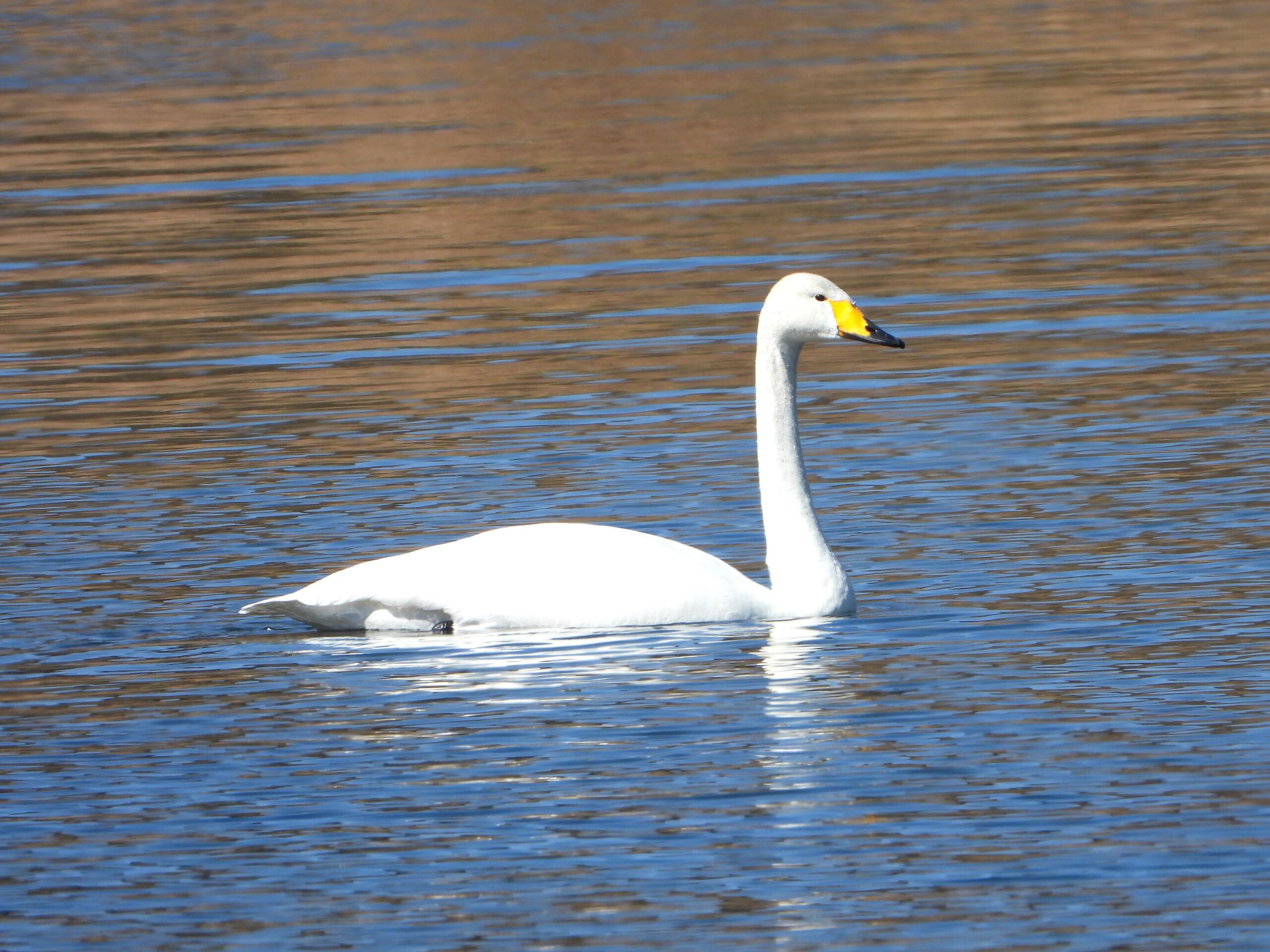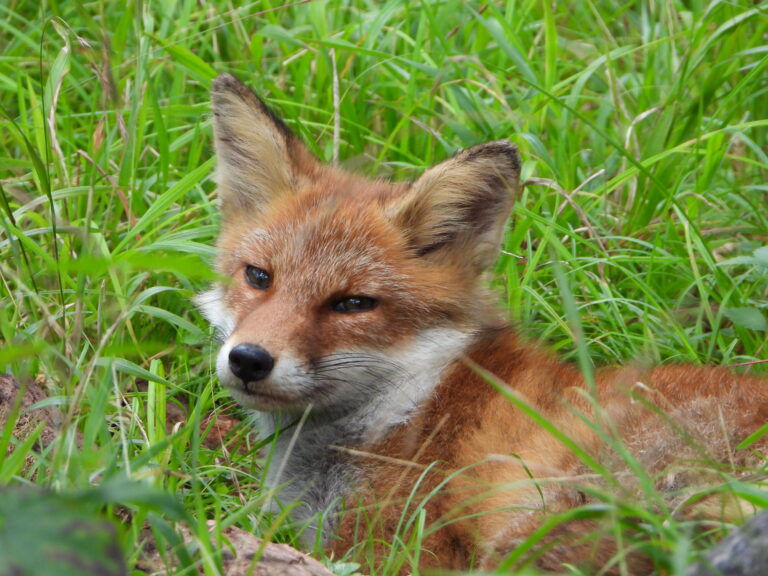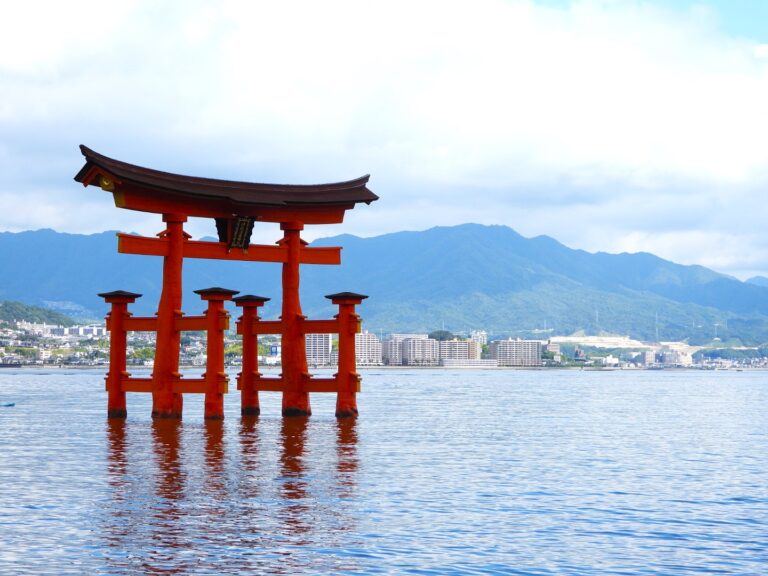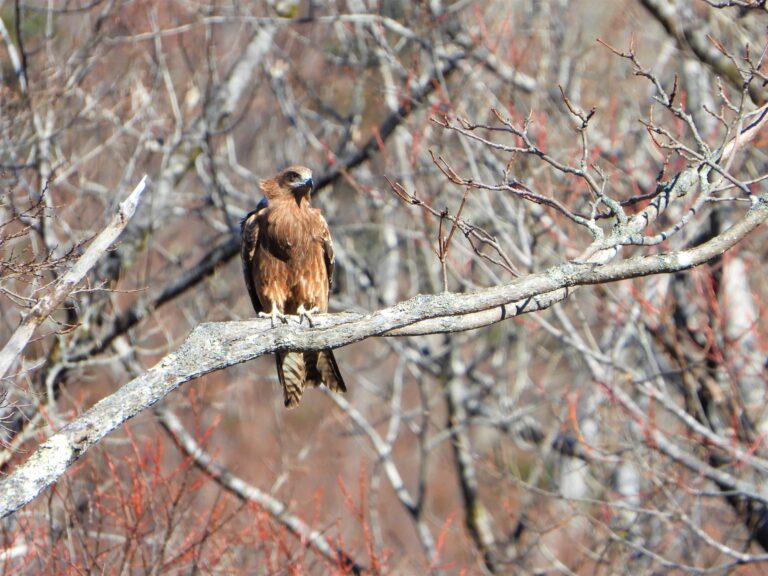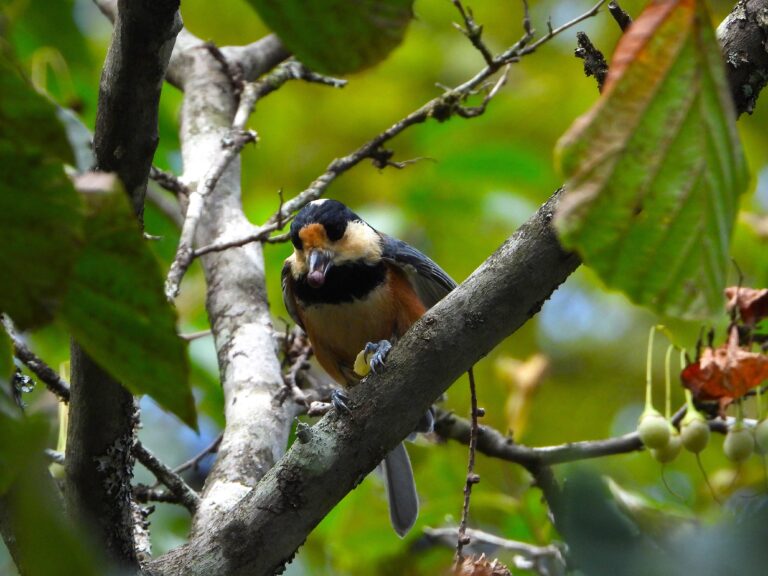Winter Birds of Japan – Where to See Swans, Ducks, and Redstarts in Winter
Introduction
Winter in Japan is more than snow-covered temples and hot springs. It is also the season when thousands of migratory birds arrive from Siberia and northern Asia, transforming quiet lakes and fields into living winter landscapes.
If you plan to visit Japan between December and March, these are the birds you’re most likely to encounter — from city parks to snow-covered lakes.
Representative Winter Birds
Daurian Redstart (Phoenicurus auroreus)

A small, active bird often seen in gardens and along rivers. Males show orange underparts with dark faces and gray backs, while females are brown and modestly colored. This species is among the most familiar winter visitors across Japan.
To learn more about its behavior and habitats in Japan: Read the full profile →
Dusky Thrush (Turdus eunomus)
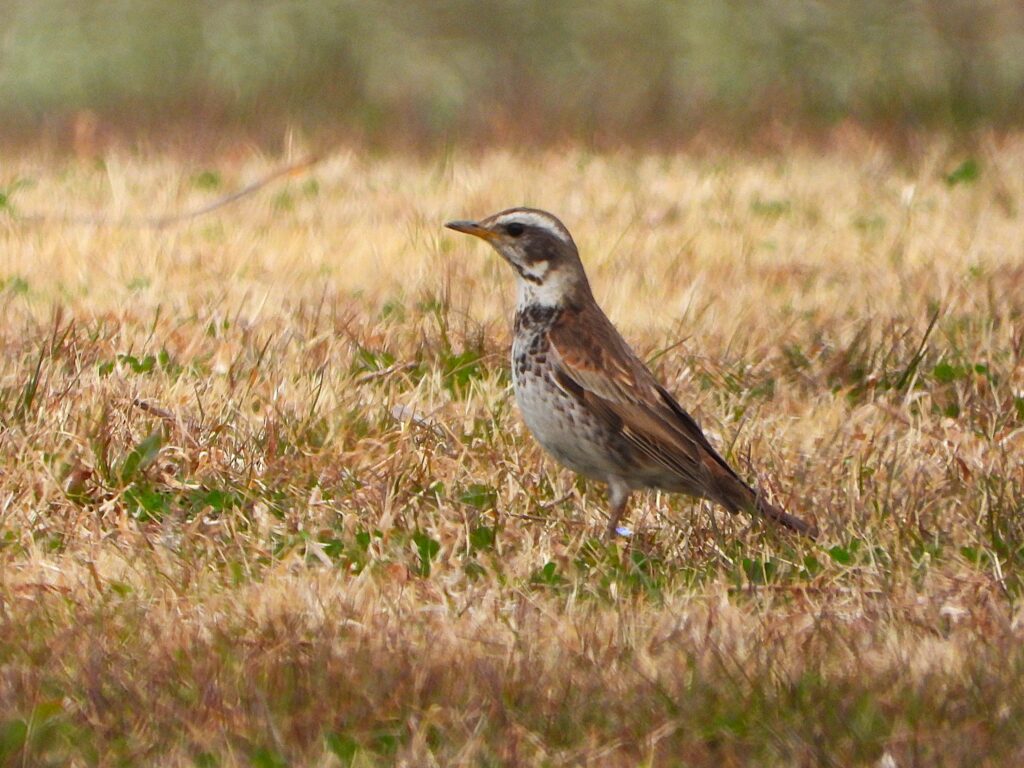
Breeding in Siberia, the Dusky Thrush winters throughout Japan. Its brownish back and patterned breast make it easy to identify. It forages on open ground, feeding on berries and fallen fruit, and is commonly seen in parks and farmland.
For identification tips and seasonal movements: Read the full profile →
Long-tailed Rosefinch (Uragus sibiricus)

A soft-colored finch found in riverbanks and reedbeds. The male has pinkish tones, while the female appears pale brown. In winter, they move in small groups, feeding quietly on weed seeds along frozen streams.
See field marks, calls, and best habitats: Read the full profile →
Brambling (Fringilla montifringilla)

Migrating from northern Eurasia, the Brambling visits Japan in flocks during winter. Males display orange breasts and patterned wings. They feed on seeds in woodland edges and rural fields, often mixing with other finches.
For flocking behavior and similar-species comparisons: Read the full profile →
Tufted Duck (Aythya fuligula)
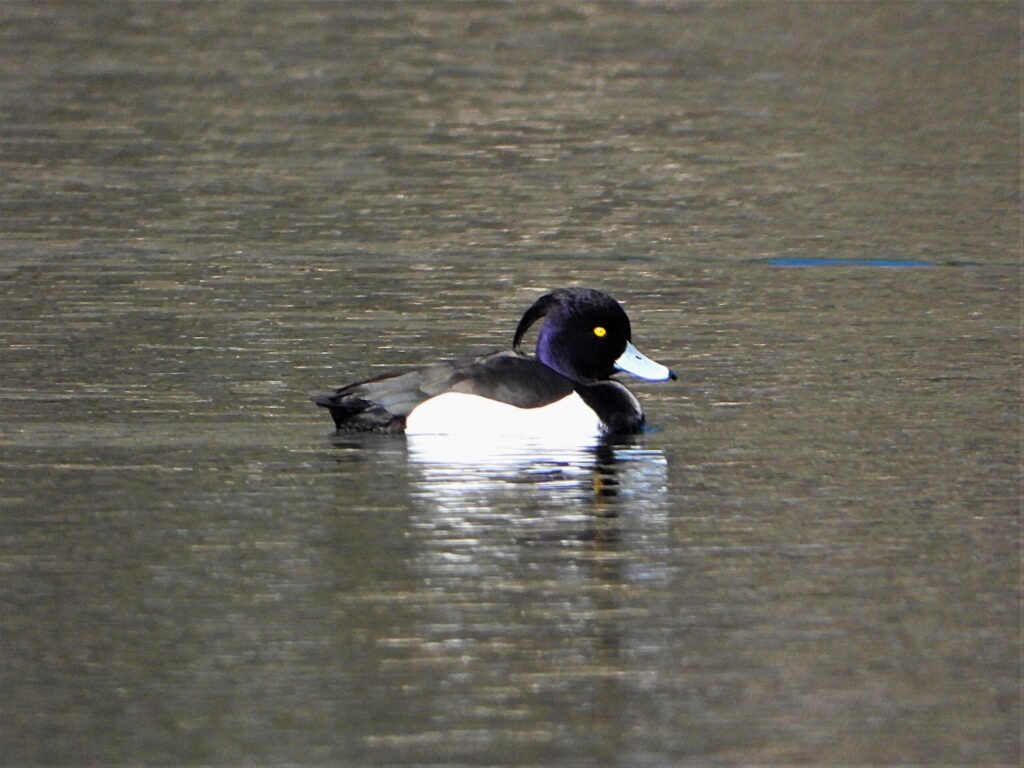
Common on lakes, ponds, and rivers from Hokkaido to Kyushu. The male’s black head, white flanks, and small crest make it easily recognized. They dive for aquatic plants and mollusks, often forming tight floating groups.
Key ID points and mixed flocks with other diving ducks: Read the full profile →
Mallard (Anas platyrhynchos)

The familiar green-headed duck found almost everywhere in winter. Seen on rivers, lakes, and urban ponds, this adaptable species coexists with humans and is one of Japan’s most widespread waterfowl. Some remain year-round and breed locally.
Eclipse plumage notes and lookalikes: Read the full profile →
Whooper Swan (Cygnus cygnus)
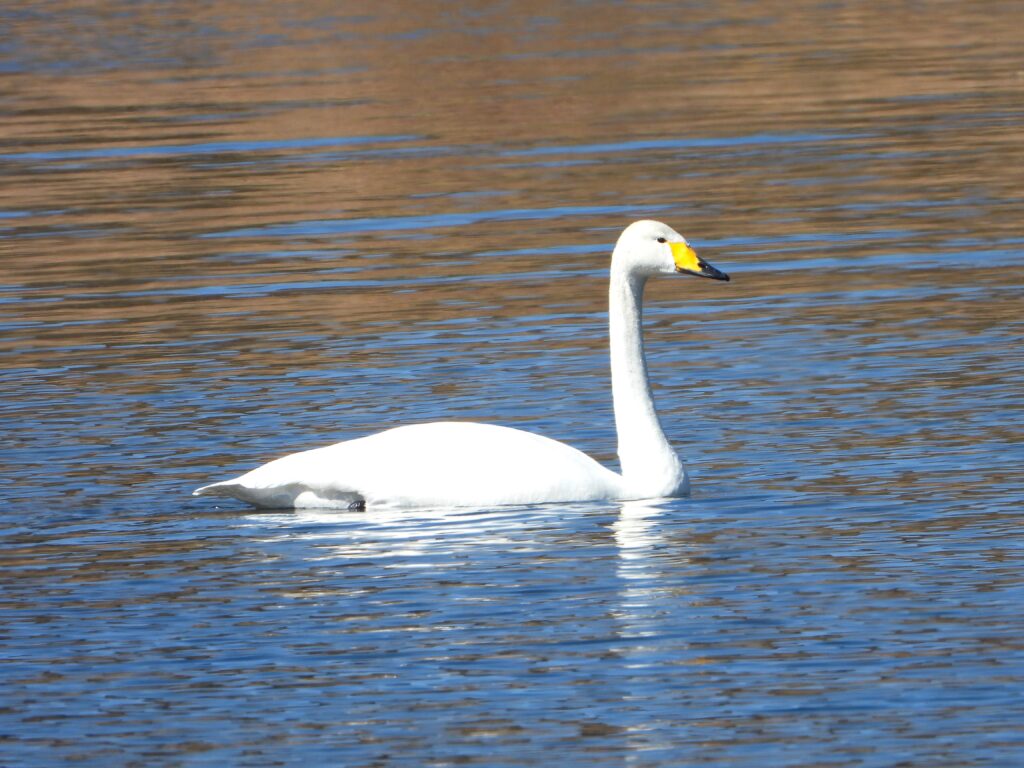
A majestic swan that migrates from Siberia each winter. Thousands gather on the lakes of Hokkaido and northern Honshu, resting on open water or snowy fields. Their loud, clear calls echo across the frozen landscape at dawn.
Migration timing and viewing tips: Read the full profile →
Where to See Them in Japan
City parks and temple gardens are reliable for Daurian Redstarts and Dusky Thrushes. Major lakes — such as those in Hokkaido and around Lake Biwa — host large numbers of ducks and swans through winter. Early mornings offer the best light and calmest conditions for photography.
Tips for Birdwatching in Winter
- Dress warmly and move quietly; many species are sensitive to sudden motion.
- Avoid feeding; observe natural behavior from a respectful distance.
- Use recent sighting apps or local lists to plan your route.
- In Hokkaido, bring hand warmers and waterproof gloves for sub-zero conditions.
Author’s Impression
Japan is a country of four distinct seasons, and among them, winter holds a special kind of beauty. The harmony of snow and birds creates scenes of quiet elegance, and watching these creatures survive the cold reminds me of the strength of nature itself. I invite you to visit Japan and experience this serene, beautiful season for yourself.

